Want to make millions in years to come? Buy a race track. As most road cars become more homogenised and enjoying the remainder in public becomes increasingly socially unacceptable, enthusiasts are taking to the track like never before.
Ben Taylor, CEO of the British Automobile Racing Club, which runs Thruxton among a host of other race tracks and hillclimb and sprint venues around the UK, says:“Interest in track days exploded after Covid and shows no sign of going away. We had a record year in 2022, and with 2023 essentially already booked out, it will be the same again this year.”
What if you’ve never done a track day before, though? What if the idea of pushing yourself and your car harder than you ever have before makes you as anxious as it does excited? If so, such thoughts make you part of one of the world’s least exclusive clubs, namely that of almost everyone who has done a track day for the very first time.
The good news is that in almost all cases, the perception is far, far scarier than the reality. Indeed, driving a car on the limit on a track isn’t only far more fun and less frightening than trying to do so on the road but also far safer.

You’re not going to find anyone coming the other way on a track, you’re not going to find a slick of muck all over the road and, if it does all go wrong, there’s a far better chance that you won’t hit anything. Even if disaster does strike, the barrier you hit will have been designed specifically to protect you – unlike a tree.
Even so, there’s plenty you can do to ensure your first track day is memorable for all the right reasons. And you can do it all from the comfort of your own home.
Because there are so many different forms of track day, including those where you drive cars belonging to the track, all subsequent comment presumes you will be taking your own car.
The most important consideration is which track to visit. Every one in the UK hosts track days, but you perhaps won’t be surprised to learn that it costs more to use a Formula 1-certified facility like the Grand Prix layout at Silverstone than a charming but far smaller one that caters for club-level motorsport, like Mallory Park.
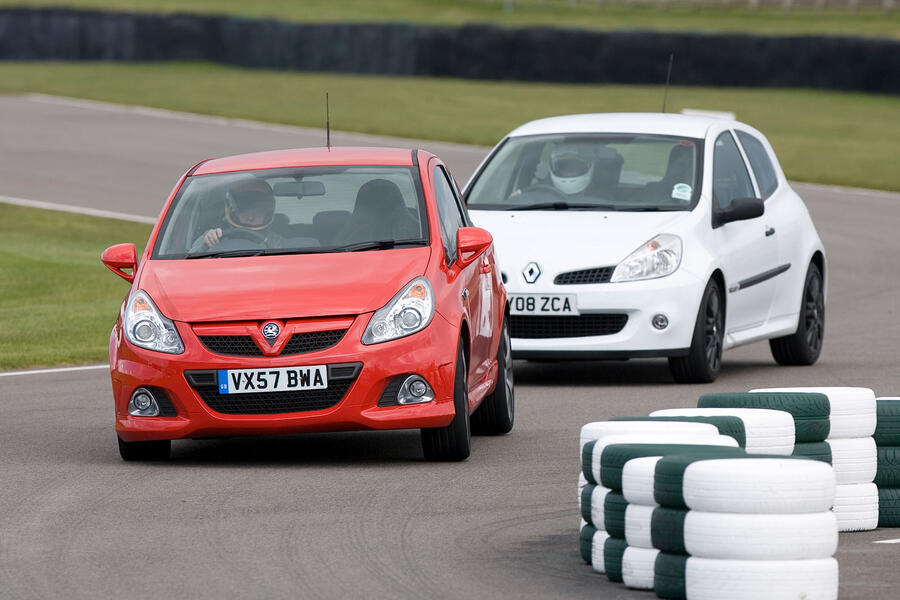
Considerations of budget aside, it’s probably best to choose one of the more forgiving circuits for your first outing. Those like Thruxton, Goodwood and Oulton Park offer the most fantastic challenge, but you will enjoy them far more with a few track miles accrued elsewhere under your belt first.
Where? Silverstone and Donington Park are obvious choices, but certain configurations of the Bedford Autodrome are pretty friendly, as is the gorgeous Anglesey Circuit (one reason why we use it often for our Britain’s Best Driver’s Car competition) and the lesser-known Blyton Park in Lincolnshire.
You’re also going to want to know what kind of track day you’re attending, because if you’re just dipping a toe in the water in a £1500 Mazda MX-5, you don’t want to find yourself being monstered by a phalanx of have-a-go heroes in their Porsche 911 GT3 RSs.

Most (but not all) track days aren’t actually hosted by the circuit but rented out to track-day operators. Goldtrack, Javelin, MSV and RMA are among the best known and most reputable (although if you want to drive at Silverstone, you will need to deal direct).
Many organisers offer sessions or even entire days for novice drivers and some just attract different crowds. RMA days, for example, tend to be very senior indeed.
Wherever you go and whichever organiser you choose, don’t be too proud to educate yourself before you go. Watch on-board videos to learn which way the track goes or, better still, ‘drive’ it yourself if you have (or a mate has) a PlayStation or similar – and learn while you’re there, too.
All decent track-day organisers provide qualified instructors who will take you round not to scare you witless but, on the contrary, unlock the secrets of the circuit and help you relax.
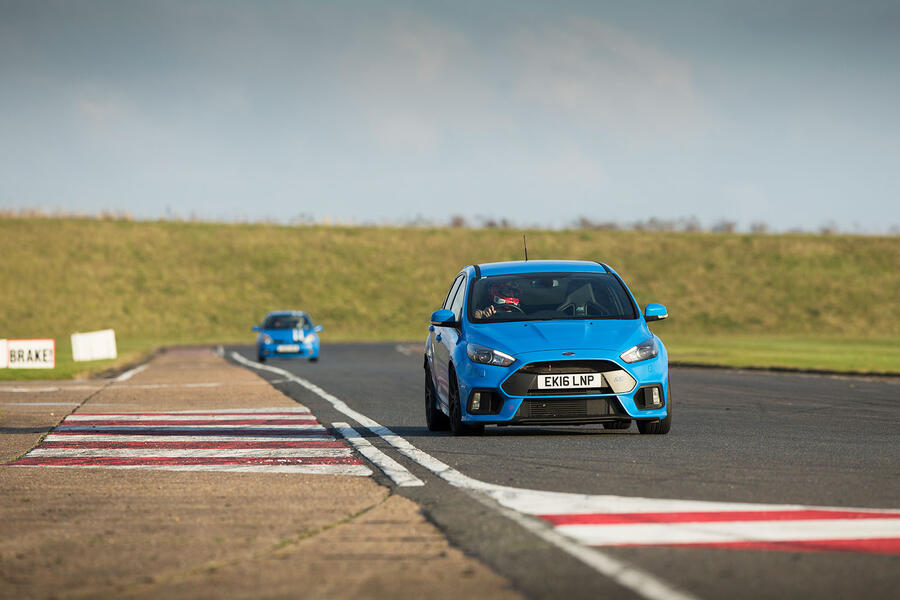
Finally, take your time. Track days almost always follow the same pattern: everyone is queued up in the pit late at 9am sharp, because they’ve been looking forward to it for weeks, but the afternoons are always far quieter. Play yourself in, try to relax in the car and don’t just go round and round.
Your brain may acquire the information it needs while you’re on the track, but it processes it while you’re having a coffee. Give yourself plenty of breaks and you will be amazed by how much easier and more enjoyable it is each time you head back out.
Track day insurance
Remember that your normal car insurance will almost certainly not cover you for track days. Nevertheless, specific track day insurance is available and needn’t even be that expensive if your car isn’t too pricey and you’re happy to have a chunky excess. Just remember that track day insurance cuts out as well as in: if you have a valuable car, there will usually be a maximum payout in addition to the excess.

Most of all, bear in mind that it doesn’t matter whether those with whom you share the track are insured or not, because there’s no third-party cover for track days. So if you’re behaving like a saint and some idiot still comes piling into you, it’s still entirely down to you, unless you can guilt him or her into paying up. You will almost certainly have no legal redress whatsoever.
Track experiences
Plenty of circuits run these events, providing you with something exciting of theirs in which to run around. This might be a Porsche or a Ferrari, something light and exciting like a Caterham, an old classic car or even a single-seat racer. These tend to be separate events, usually run by the circuits themselves rather than track day organisers.
Corporate days
On corporate bookings, you and your team spend the day driving a whole host of different machinery from off-roaders to purpose-built racing cars, with instructors next to you with the aim of pushing you to the limit of what you can achieve behind the wheel. They’re exemplified by Palmer Sport days at Bedford Autodrome (palmersport.com).
Costs
You can pay pretty much what you like for some time on track, from a two-figure sum for a morning or afternoon at a less than epic circuit, perhaps run in sessions and maybe with an inconvenient noise restriction, up to many hundreds of pounds for a ‘noisy’ day at a famous circuit with an open pit lane policy.
How to drive on your first track day
* Make sure your car’s tyres are all at their correct pressures before heading out on track.
* Don’t do racing gearchanges, because they will do nothing other than wear out the transmission.
* Look after the brakes. If you don’t, the least that will happen is that they will start to go off just when you need them most. But if you push on and boil the brake fluid, they will stay gone all day.
* Regard kerbs as your safety margin, to be used only when you’ve run out of track width by mistake. If instead you treat them as part of the track, you will come off the track altogether if something goes wrong. In the meantime, clouting kerbs means potentially damaging your wheels, tyres, suspension and wheel bearings.
* Keep off painted surfaces if the track is even damp, let alone wet. They can throw you into the wall without warning.
* Bear in mind that the usual racing line is often not the fastest when the track is wet. Instead try a wider, more outside line where there’s less rubber on the surface.
* Keep your car’s traction and stability systems on at first, ideally in track or dynamic modes if those are available. These should allow the car some slip while still providing a safety net.
* Don’t, however, think that these systems are infallible. They aren’t: physical law is physical law, and if you brake much too late or turn in far too fast, it’s unlikely there will be a happy ending.
What you must watch out for
* Track day companies aren’t all the same. Some, like Motorsport Vision (MSV), RMA and Gold Track are world-renowned, others less so. But pick your level: do you want to spend your first track day being monstered by far faster road and racing cars on a super-fast track that might not play to your car’s strengths? Maybe start at the bottom and work your way up.
* Think about how much noise your car makes. Many UK tracks have stringent noise restrictions placed on them, and you don’t want to drive all the way there only to not be allowed on track. Remember that just because it’s quiet enough to be allowed on the road, that doesn’t automatically mean it will be allowed on track. If in any doubt, ask the organisers.

* Make sure you’re happy with the organiser’s track protocols, particularly regarding how and where to overtake or be overtaken. Remember that not all track days are ‘open pit lane’, where you can spend as much time on track as you like. Some are run-in sessions with limited laps.
* Wear the right gear, which means full covering of both arms. You won’t be allowed on track in a T-shirt. And if you can, wear a decent helmet: it doesn’t need to cost thousands and be made from carbonfibre, but it does need to be in good condition and have never been in a crash before. Helmets can look okay on the outside but be structurally compromised.
* Don’t mistake test days for track days. Test days are for racing cars, usually attended by race teams trying to set up or develop racing cars. For these, you not only need to be clad in FIA-approved race gear from head to toe but also have a competition licence.


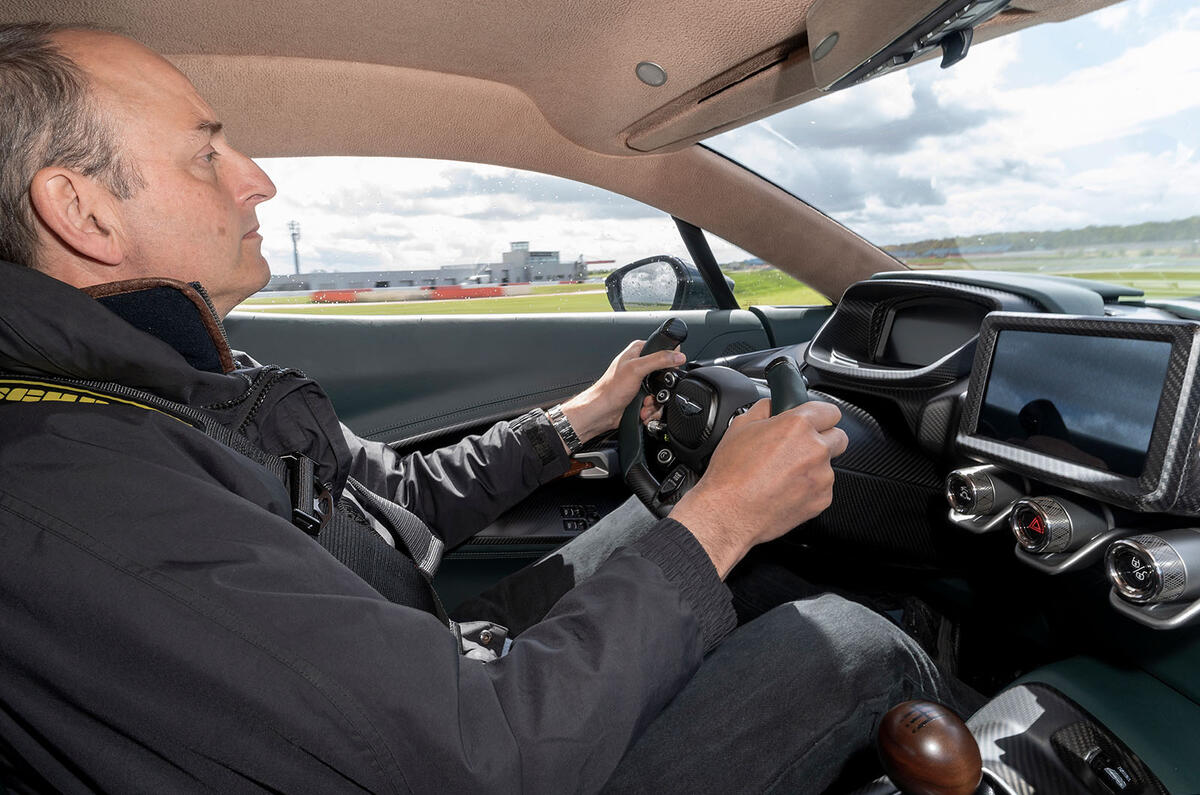

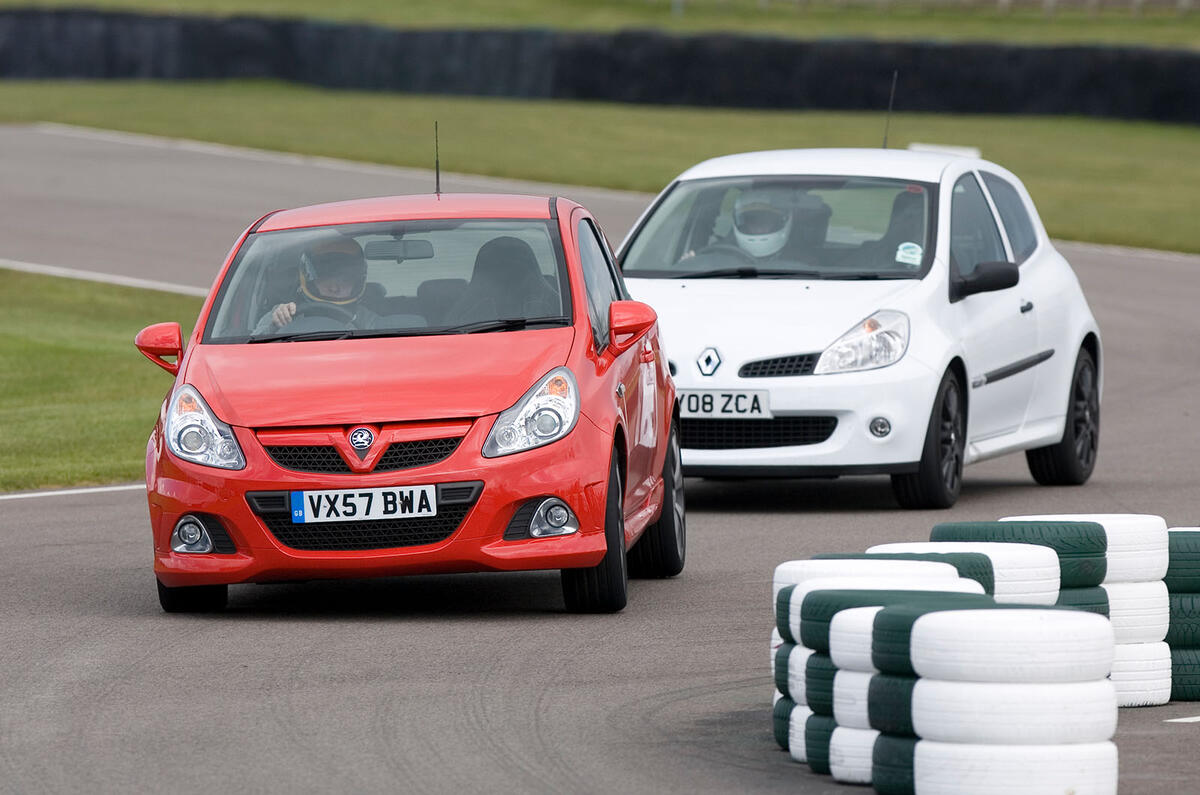
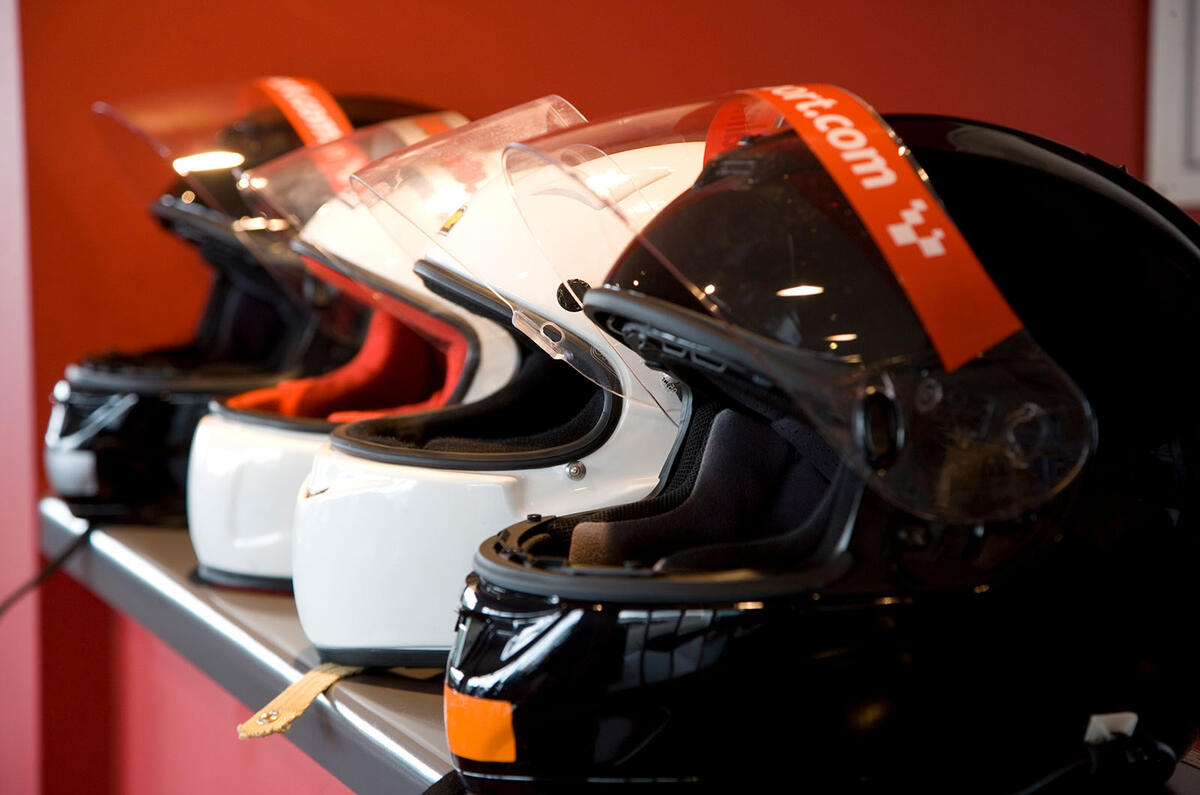
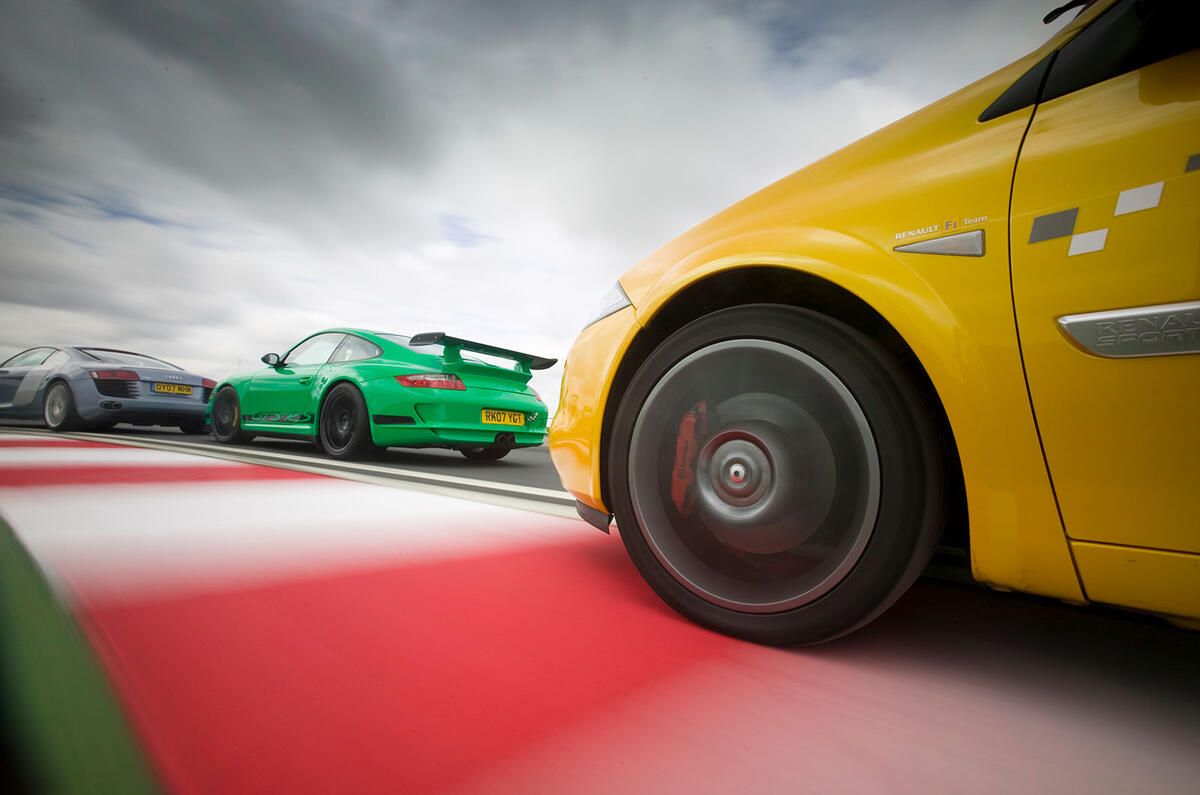
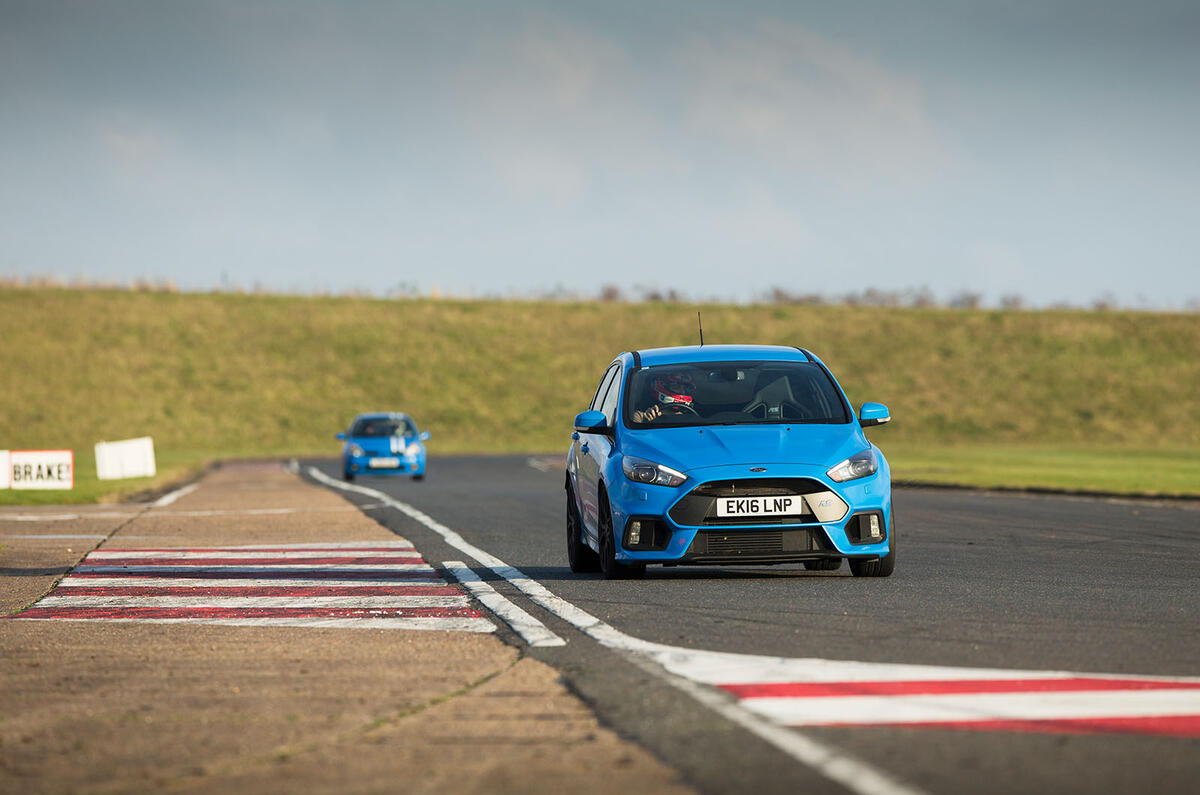





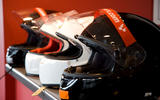





Add your comment